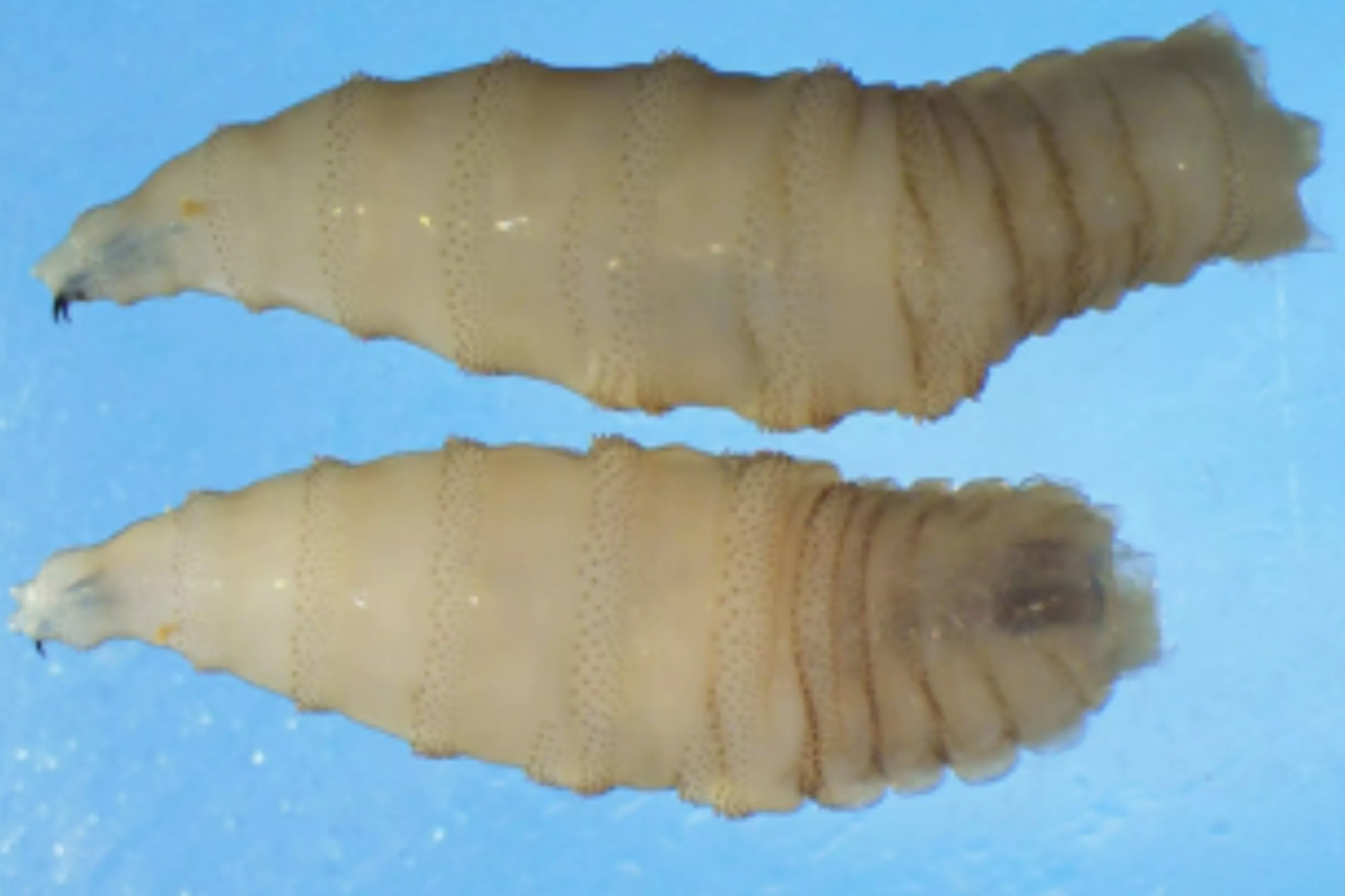
The U.S. Department of Agriculture (USDA) has suspended imports of live cattle, horses, and bison through ports of entry along the southern border, effective immediately, according to a Sunday press release from the federal agency.
The decision comes as the New World Screwworm (NWS), a deadly parasitic fly, continues its rapid northward spread through Mexico, now detected approximately 700 miles from the U.S. border in the states of Oaxaca and Veracruz.
Newsweek has reached out to the USDA via email on Sunday for comment.
Why It Matters
The NWS lays its eggs in open wounds or orifices of various animals, including humans. These hatch to produce maggots that burrow, or screw, into the flesh causing intense pain, injury and in some cases death to the affected animal.
According to the Texas Parks and Wildlife Department (TPWD), NWS was eradicated from the United States in 1966, though it remains prevalent in parts of Central and Southern America. A return of the parasites to the U.S. would cause major health concerns, along with fears over its economic impact on American agriculture.
The U.S. Centers for Disease Control and Prevention (CDC) also notes, “If you have an NWS infestation, you may see maggots (larvae) around or in an open wound. They could also be in your nose, eyes, or mouth.”
What To Know
USDA Brooke Rollins announced on Sunday the import suspension, which will persist on a month-by-month basis until containment efforts show significant progress.
Livestock already in holding for entry will be processed normally, including inspection and treatment by the Animal and Plant Health Inspection Service (APHIS) port Veterinary Medical Officers.
The parasite has been moving progressively northward through Central America over the past two years, spreading through Panama, Costa Rica, Nicaragua, Honduras, Guatemala, El Salvador, Belize, and now Mexico. The first case in Mexico was reported in November 2024, prompting an initial border closure. In February 2025, USDA resumed imports after implementing comprehensive inspection protocols, but these measures have proven insufficient.
The USDA has emphasized that this action is not politically motivated but necessary for food security and animal safety. This comes at a time when the southern border has received heightened attention as President Donald Trump was elected last year following a campaign focused heavily on illegal immigration. On January 20, following his inauguration, Trump signed multiple executive orders aimed at curtailing illegal entry and ending the previous administration’s policies.
In southern Texas, residents are being urged to monitor pets, livestock, and wildlife for symptoms including irritated behavior, smell of decaying flesh, presence of maggots in wounds, head shaking, and loss of appetite. Each female NWS fly can lay up to 300 eggs at once, making early detection critical.
Wildlife officials have established reporting procedures: suspected cases in wildlife should be reported to TPWD biologists, while livestock concerns should be directed to the Texas Animal Health Commission or USDA.
A similar outbreak in Florida in 2016 required the euthanasia of 102 badly infected animals but was quickly contained.

CDC
What People Are Saying
Secretary of Agriculture Brooke L. Rollins said in a statement: “The United States has ordered the suspension of livestock imports through ports of entry along our southern border after the continued spread of the New World Screwworm in Mexico. Secretary Berdegué and I have worked closely on the NWS response; however, it is my duty to take all steps within my control to protect the livestock industry in the United States from this devastating pest.”
She added: “The protection of our animals and safety of our nation’s food supply is a national security issue of the utmost importance…This is not about politics or punishment of Mexico, rather it is about food and animal safety.”
Speaking previously to Newsweek, Professor Phillip E. Kaufman, head of the department of entomology at Texas A&M University, said: “To eliminate the fly, especially under a more widespread infestation, requires several complimentary approaches, including monitoring for infested wounds for larvae, using fly-specific traps, and the mass release of sterile males.”
He added: “The sterile male technique is crucial in this process as the female screwworm fly mates only once and by inundating the infested area with sterile males we in effect make the females lay eggs that do not hatch. As these wild females die out, the population drops, and the fly is ultimately eliminated. This takes time to accomplish but has been proven effective repeatedly.”
What Happens Next
The USDA will continue daily collaboration with Mexican authorities, with a review of latest data and metrics scheduled in two weeks. The agency is deploying “Tick Riders” to monitor livestock and wildlife along the southern border region for signs of NWS.
According to the agency, effective eradication requires a three-pronged approach: robust field surveillance with education and outreach; controlled animal movement; and sustained sterile insect dispersal. Officials note that northward spread is still possible through natural wildlife movements across the border region.





